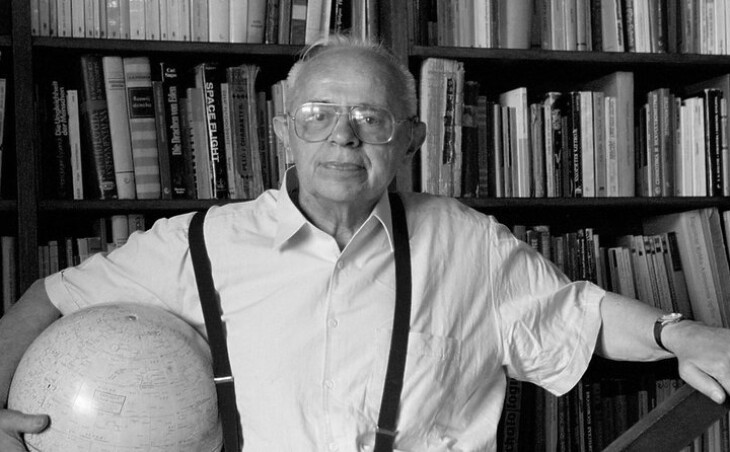Writer, visionary. Some call him a “prophet.” As early as 1954, Stanisław Lem described today’s smartphones in one of his novels. He predicted the decline of paper books and the transition to electronic readers, access to the collective memory of connected computers, or 3D printing.
Stanisław Lem is the most famous Polish science fiction writer in the world. His books are translated into 41 languages, and over 30 million have been sold worldwide. Yet he was an outsider in his own country .
His life was full of mysteries and paradoxes. How did he survive the Holocaust? What was his real attitude towards communism, since he wrote propaganda works while participating in illegal opposition activities? How did he manage to monitor the progress of international science and technology with such remarkable accuracy, living on the outskirts of Krakow, behind the Iron Curtain, under a repressive regime that censored everything, including private letters? Why did he write for Tygodnik Powszechny while openly speaking about his atheism?
Borys Lankosz’s film consists of archival collages, stagings and unique fragments of interviews . Thanks to this, it gives an insight not only into the artist’s biography, but also into the turbulent history of Central and Eastern Europe that shaped him. Speakers include: the journalist of Tygodnik Powszechny Tomasz Fiałkowski, who was the editor or co-author of Lem’s books, prof. Stanisław Bereś from the Department of Literary and Documentary Forms of the University of Wrocław, prof. Jerzy Jarzębski from the Jagiellonian University (one of the most prominent researchers of Polish literature of the 19th and 20th centuries), historian prof. Timothy D. Snyder from Yale University, Dr. Wiktor Janiewicz, translator of Lem’s works into Russian, Michael Kandel, translator of Lem’s works into English, and Stanisław Lem’s nephew Michał Zych.
The movie is available for free until September 7!

